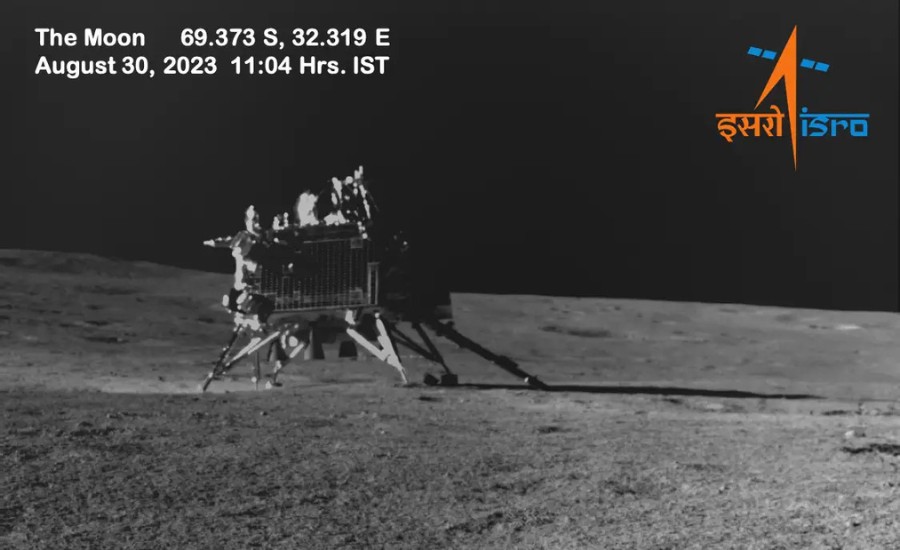
On August 23, the Indian Space Research Organisation (ISRO) commanded global attention by successfully landing the spacecraft, Chandrayaan, on the moon’s south pole — a feat that marked India as the first nation to accomplish such a task. Tracing back the roots of India’s triumphant space program, it dates to the early 1960s when Nehru established the Indian National Committee for Space Research, largely upon the recommendation of Vikram Sarabhai. Sarabhai then became the ISRO’s inaugural chairman and envisioned India as a significant player in space research, development, and exploration.
However, contemplation on India’s role in space wasn’t confined to this timeframe. A vision envisaging India’s involvement in space can be traced back to decades earlier. One notable figure with futuristic insights was H.V. Kamath, who passionately suggested to his fellow Constituent Assembly members, in 1949, that the Indian Constitution should include provisions on space travel.
On August 31st, 1949, the Constituent Assembly was busy categorizing ‘items’ into the Union and State Lists, which would determine the areas over which the Union and State governments, respectively, would have legislative and executive powers. Amidst this process, H.V. Kamath proposed an unconventional addition to the Union List: ‘interplanetary travel’. This elicited laughter from the assembly members, but Kamath remained undeterred:
within the last fifty years there has been more advance in the various fields of science than in the previous five hundred years…researches in X-rays, medicine, jet propelled planes of which we hear so much today, we can expect many big changes in the near future. The advance has been remarkable, phenomenal…
For Kamath, interplanetary travel was a plausible response to the increasing population and congestion on Earth. He foresaw a not-so-distant future in which humans would reach our natural satellite—the moon.
Nazzirudin Ahmad was apparently the sole Assembly member who earnestly discussed Kamath’s amendment. He suggested Kamath’s proposal was flawed – “interplanetary travel,” he argued, did not fully encompass travel between planets and their satellites, nor did it cover travel between satellites themselves.
Ambedkar provided the last remarks on the discussion, and his lack of enthusiasm was apparent:
I do not quite understand whether the proposals of my Friend relate to matters which are unknowable or which relate to matters which are unknown. If they are unknown, then we have waste our time. But if they are unknown and not unknowable, then we have enough powers to deal with them. Why bother with any entry at all?
Kamath’s and Nazzirudin’s proposals were put to vote, and the Assembly, unsurprisingly, rejected both.
While Kamath’s federal perspective wasn’t the cause of the Assembly’s amusement, it’s likely the Assembly would have agreed that space-related activities should fall under the Union government’s exclusive domain. This indeed became the case once India initiated its space program. The laughter was provoked, instead, by Kamath’s predictions about the speed of technological advancements.
Surprisingly, Kamath’s predictions were rather accurate. He estimated humans would reach the moon within 25 years; in reality, Neil Armstrong landed there only 20 years after Kamath’s proclamation. Furthermore, Kamath’s rationale — that human population growth and the strain on Earth’s resources would necessitate interstellar travel — resonates with the beliefs of SpaceX CEO Elon Musk. Like Kamath, Musk’s vision wasn’t taken seriously until recent breakthroughs in SpaceX’s rocket technology program and the escalating urgency of climate change.
